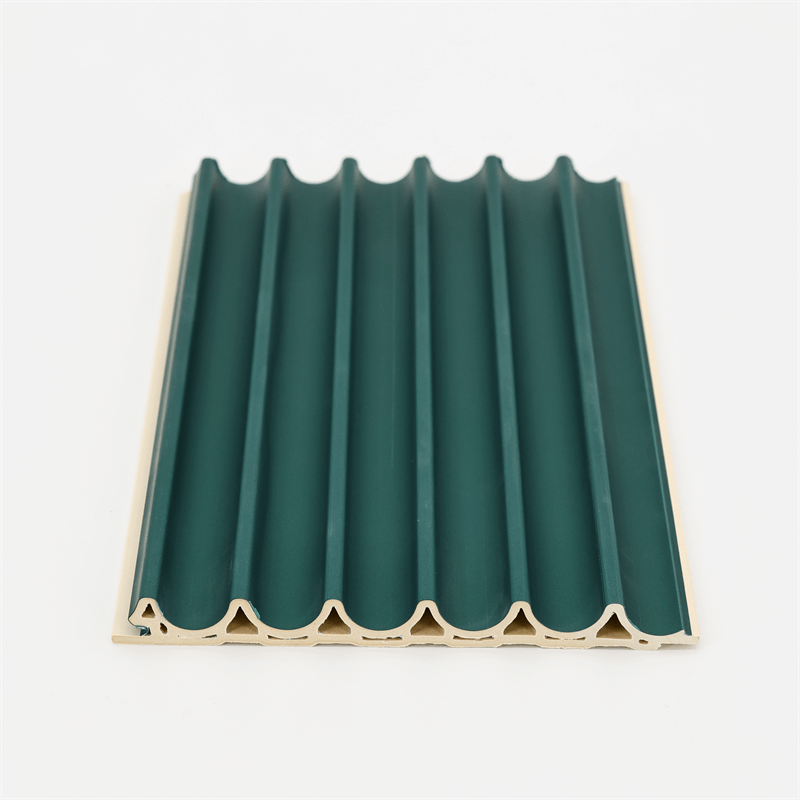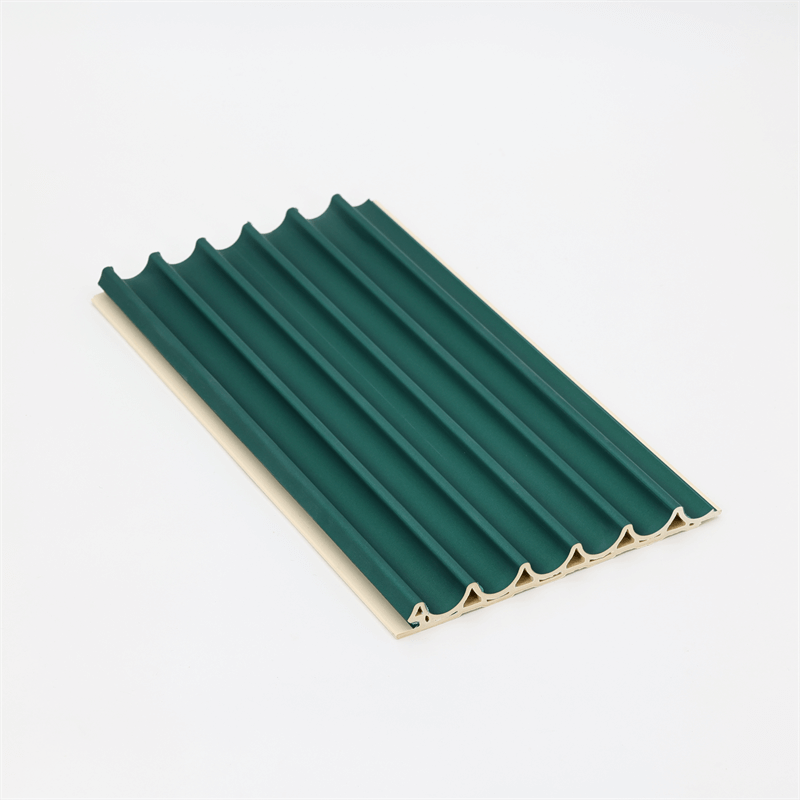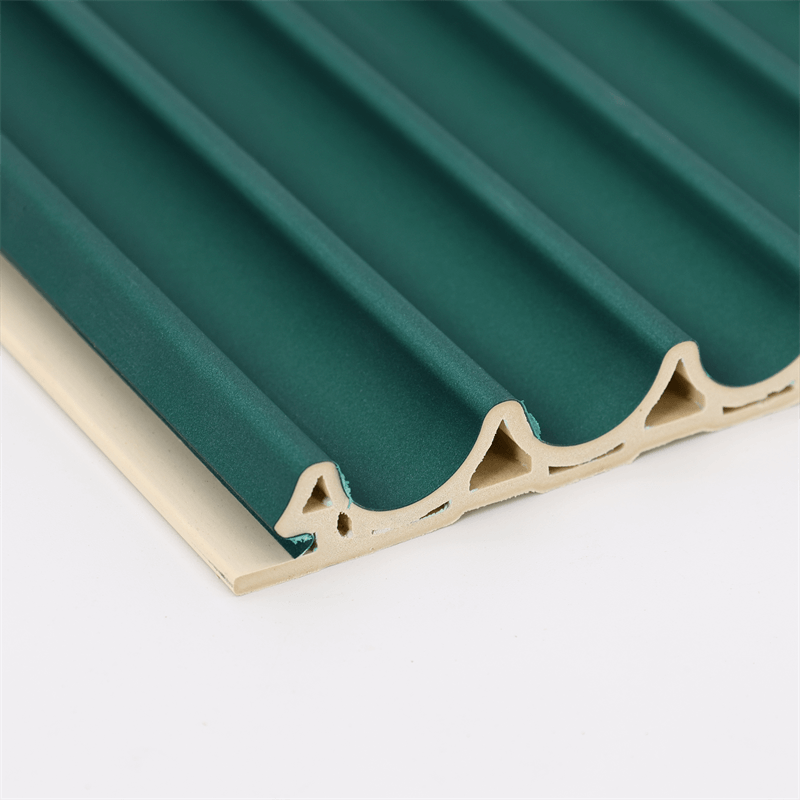
Choosing the right material for your construction or renovation project is crucial to achieving the desired aesthetics, durability, and cost-effectiveness.
When it comes to wall panels, both traditional materials like wood and modern alternatives like WPC (Wood Plastic Composite) are available.
In this article, we will compare wall panel WPC with traditional materials, examining factors such as durability, maintenance, environmental impact, and cost.
By understanding the differences and benefits of each option, you can make an informed decision and choose the right material for your project.
I. Durability and Longevity
Traditional Materials Traditional materials like wood, brick, and stone have a long-standing reputation for their durability.
Wood, for instance, offers a natural and timeless appeal, but it is susceptible to rot, warping, and insect infestation if not properly treated and maintained.
Brick and stone are sturdy materials but may require periodic maintenance and repairs due to weathering and erosion.
Wall Panel WPC Wall panel WPC is known for its enhanced durability and longevity compared to traditional materials.
It is highly resistant to moisture, rot, cracking, and fading, making it suitable for both interior and exterior applications.
WPC panels do not require frequent maintenance and can withstand the test of time, retaining their original appearance for years to come.

II. Maintenance and Ease of Care
Traditional Materials Traditional materials often require regular maintenance and care to preserve their appearance and performance.
Wood needs staining, sealing, or painting to protect it from weather elements, and it may require refinishing periodically.
Brick and stone may accumulate dirt, moss, or stains, necessitating cleaning and occasional repairs.
Wall Panel WPC One of the advantages of wall panel WPC is its low maintenance requirements.
Unlike wood, WPC panels do not need painting, sealing, or staining.
Cleaning with mild soap and water is usually sufficient to maintain their appearance.
The material’s resistance to moisture and stains reduces the likelihood of discoloration or damage, making it an attractive option for those seeking a hassle-free solution.
III. Environmental Impact
Traditional Materials Traditional materials like wood, brick, and stone have varying degrees of environmental impact.
While wood is a renewable resource, its harvesting can contribute to deforestation.
Brick and stone, on the other hand, require extensive energy consumption for extraction and manufacturing processes, which can result in carbon emissions and depletion of natural resources.
Wall Panel WPC Wall panel WPC offers a more environmentally friendly alternative.
It is typically made from recycled materials, including wood fibers and thermoplastic resins.
By utilizing recycled materials, WPC panels help reduce waste and minimize the demand for virgin resources.
Additionally, WPC panels require less energy during manufacturing compared to traditional materials, making them a sustainable choice for environmentally conscious projects.

IV. Cost Considerations
Traditional Materials The cost of traditional materials can vary depending on factors such as the type of wood, grade of brick or stone, and regional availability.
Wood can range in price, with certain species being more expensive than others.
Brick and stone can be costly due to the extraction and manufacturing processes involved, as well as transportation costs for heavier materials.
Wall Panel WPC Wall panel WPC generally offers a cost-effective solution compared to traditional materials.
While the initial price of WPC panels may be higher, the long-term cost savings due to their durability and low maintenance requirements make them financially viable.
Additionally, WPC panels can be manufactured in a factory-controlled setting, optimizing production efficiency and reducing labor costs.
When it comes to choosing the right material for your project, weighing the benefits and considerations of wall panel WPC against traditional materials is essential.
While traditional materials offer a classic and natural appeal, they may require more maintenance and have a higher environmental impact.
On the other hand, WPC panels provide enhanced durability, low maintenance, and sustainable characteristics.
Consider factors such as the desired aesthetics, project requirements, budget, and environmental concerns when making your decision.
By evaluating these aspects, you can select the material that best suits your project and enjoy the benefits it brings to your space.
